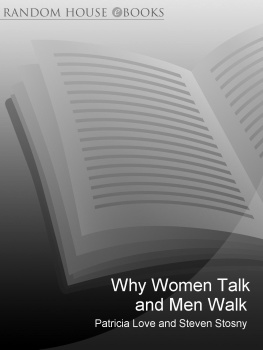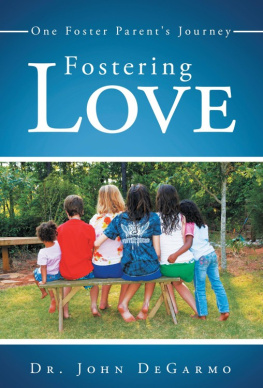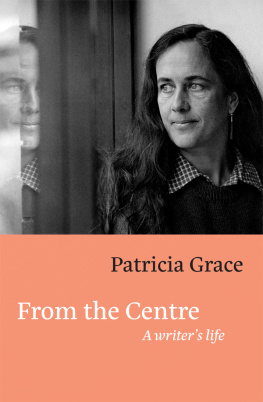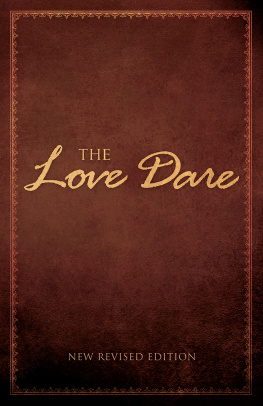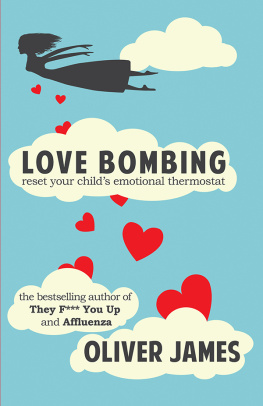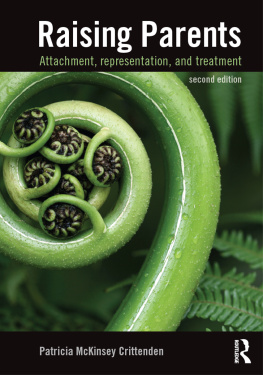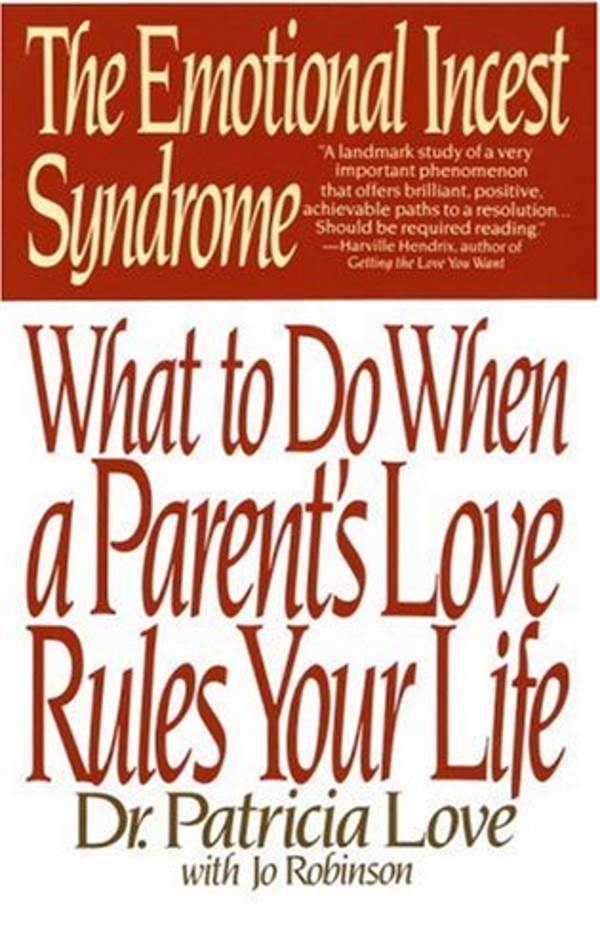All the characters portrayed in
this book are based upon fact. However,
details and circumstances have been
changed to ensure anonymity.
THE EMOTIONAL INCEST SYNDROME
A Bantam Book
Bantam hardcover edition / May 1990
Bantam trade paperback edition / March 1991
All rights reserved.
Copyright 1990 by Patricia Love and Jo Robinson.
Library of Congress Catalog Card Number: 89-49087.
No part of this book may be reproduced or
transmitted in any form or by any means, electronic
or mechanical, including photocopying, recording,
or by any information storage and retrieval system,
without permission in writing from
the publisher.
For information address: Bantam Books.
eISBN: 978-0-307-79918-0
Bantam Books are published by Bantam Books, a division of Bantam Doubleday Dell Publishing Group, Inc. Its trademark, consisting of the words Bantam Books and the portrayal of a rooster, is Registered in U.S. Patent and Trademark Office and in other countries. Marca Registrada. Bantam Books, 1540 Broadway, New York, New York 10036.
v3.1_r1
This book is dedicated to parents,
who do the best they can
with the information they have
and the options they see.

Acknowledgments
There are numerous people I wish to acknowledge and thank, beginning with my husband, Will Ponder, without whose support this book would not have been possible.
Although I have been influenced by too many fine people to mention, I do want to single out Pia Mellody for her fine work in the area of co-dependency, abuse, and neglect; and Harville Hendrix, for his friendship and his immeasurable contribution to the field of marital therapy and theory. I must also thank my dear friend, Anne Worth, for her support and for introducing me to both Pia and Harville!
The theoretical foundation of this book rests on the pioneering work of Salvador Minuchin and his theory of Structural Family Therapy. His research and practice have changed the course of marriage and family therapy.
Leslie Meredith, Senior Editor at Bantam, has earned my respect and admiration for her dedication to this book and her attention to details. I want to thank my agent, Susan Lescher, for her unflagging interest in this project. Sharon Morris, Frances Robinson, and Tamera Allred all contributed invaluable editorial assistance. A special acknowledgment to my coauthor, Jo Robinson. Working together has been both rewarding and fun!
Finally, I want to thank the heroic individuals who allowed their stories to be included in this book. Thank you so very much.
P AT L OVE

Contents

PART ONEWHAT IS EMOTIONAL INCEST?Exploring the Problem
4 The Family Role Call:
How Emotional Incest Affects
Other Family Members
5 Why Do Parents Become
Overinvolved with Their Children?
7 Key Differences Between
Enmeshed and Healthy Families
PART TWORECOVERY:Defining the Cure

Introduction

This book describes a syndrome known as emotional incest, a surprisingly common but rarely identified style of parenting in which parents turn to their children, not to their partners, for emotional support. To the casual observer, the parents may appear loving and devoted. They may spend a great deal of time with their children and lavish them with praise and material gifts. But in the final analysis, their love is not a nurturing, giving loveits an unconscious ploy to satisfy their own unmet needs.
Being a parents primary source of support is a heavy burden for young children. Forced to suppress their own needs, they struggle to satisfy the needs of the adults. Because of this role reversal, they are rarely given adequate protection, guidance, or discipline, and they are exposed to experiences well beyond their years. In adolescence and adulthood, they are likely to be plagued by one or more of the following difficulties: depression, chronic low-level anxiety, problems with self-esteem and love relationships, overly loose or rigid personal boundaries, some form of sexual dysfunction, eating disorders, and drug or alcohol addiction.
Because few victims of emotional incest can pinpoint what was wrong with their families, they have limited insight into the underlying cause of their problems. Many have a rosy view of childhood that makes recovery even more difficult. How can they think ill of a parent who showered them with so much time and attention? Breaking through this mythology is a necessary step in the healing process.
Emotional incest is not a new phenomenon. History is full of people who were overly involved with their children. Human beings have an innate need for companionship and intimacy, and when those needs are not met by a partner, the natural tendency is to turn to a child. But the syndrome has become newsworthy for the following reasons:
1. Recent changes in family lifenotably the dramatic rise in single-parent households and substance abusehave dramatically increased the incidence of emotional incest.
2. The adult consequences of the syndrome are more clearly understood.
3. Recent advances in the relatively new field of Structural Family Therapy have made emotional incest a definable, curable problem.
4. The syndrome finally has a name.
I have devoted the past five years to researching this book. The clearer Ive become about the nature of the syndrome, the more I see it around me. Fully half of my clients have an overly close relationship with a mother or father as a central issue. When I lecture on the subject, I can always count on a handful of people coming up to me afterward to tell me, What youre talking about happened to me. Youve just described my life. For the first time, I have a name for whats wrong with me.
It is my hope that bringing this problem to the publics attention will help address a severe but often overlooked form of abuse and play a role in creating healthier family relationships.


